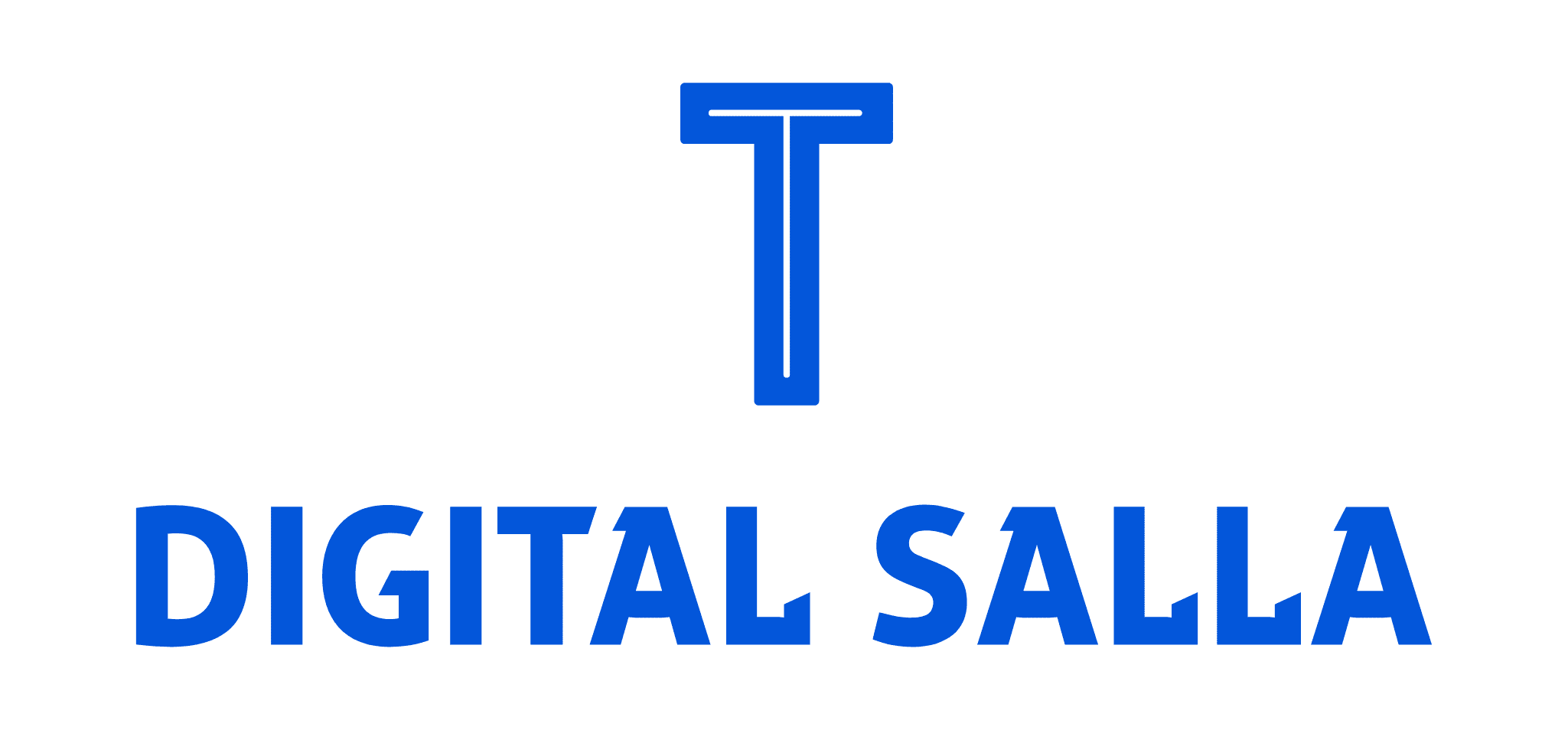Financial Analysis Methods for Forecasting Future Cash Flows

Cash flows are the lifeblood of any entity, representing its ability to generate cash from its operating, investing, and financing activities. Because of this, Forecasting Future Cash Flows is an essential element of financial planning and managerial decision-making, as it helps determine funding needs, assess the financial feasibility of projects, and manage liquidity effectively. In this article, we will review methods for financial analysis for the purpose of forecasting future cash flows, discussing how to use financial ratios and statistical and qualitative forecasting models, with a focus on the importance of cash flow forecasting in working capital management and supporting the decision-making process.
What are Cash Flows?
Cash flows are the movement of cash into (inflows) and out of (outflows) an entity during a specific period. Cash flows are classified into three main types:
- Cash Flows from Operating Activities: Represent the cash generated from the entity’s core business activities, such as selling goods or providing services.
- Cash Flows from Investing Activities: Represent the cash used in acquiring and disposing of long-term assets, and other investments not included in cash equivalents.
- Cash Flows from Financing Activities: Represent the cash obtained from borrowing or issuing shares, and cash payments to repay loans or distribute dividends.
What is Forecasting Future Cash Flows?
Forecasting future cash flows is the process of estimating the movement of cash inflows and outflows for an entity over a specific future period, based on historical financial data and future assumptions about the entity’s performance and the business environment.
Importance of Forecasting Future Cash Flows:
Forecasting future cash flows is an essential tool for financial planning and decision-making, as it helps in:
- Determining Funding Needs: Cash flow forecasting helps determine whether the entity will need external financing in the future, and the amount of that financing.
- Assessing the Financial Feasibility of Projects: Cash flow forecasting is used to assess the financial feasibility of investment projects by calculating the Net Present Value (NPV) and Internal Rate of Return (IRR).
- Managing Liquidity: Cash flow forecasting helps manage the entity’s liquidity effectively and avoid the risks of cash shortages.
- Planning for Investments: Cash flow forecasting helps determine the size of investments that the entity can undertake without jeopardizing its financial position.
- Making Pricing Decisions: Cash flow forecasting can help determine the prices of products or services in a way that balances financial liquidity and profitability.
- Managing Working Capital: Cash flow forecasting helps manage the components of working capital, such as accounts receivable and inventory, more efficiently.
- Negotiating with Lenders: Cash flow forecasts can be used in negotiations with banks and financial institutions to obtain loans on better terms.
- Evaluating Financial Performance: Actual cash flows can be compared with forecast cash flows to evaluate the accuracy of forecasts and identify areas for improvement.
Methods for Forecasting Future Cash Flows:
Methods for forecasting cash flows can be divided into two main categories:
- Qualitative Methods:
- Definition: These methods rely on expert opinions and personal judgment.
- Examples:
- Delphi Method: The opinions of a group of experts about future cash flows are collected independently, then these opinions are discussed and a consensus estimate is reached.
- Market Research: Information is gathered about market trends, consumer behavior, and competitors to forecast sales and cash flows.
- Management Opinions: This method relies on the experience and knowledge of management in estimating future cash flows.
- Quantitative Methods:
- Definition: These methods rely on historical data and mathematical and statistical models.
- Examples:
- Time Series Analysis: Historical patterns and trends in cash flows are analyzed to forecast future cash flows.
- Regression Analysis: The relationship between cash flows and other influencing variables, such as sales and interest rates, is identified.
- Simulation: Mathematical models are used to simulate different scenarios and estimate their impact on cash flows.
- Artificial Intelligence (AI): AI techniques, such as machine learning, can be used to analyze large amounts of financial data and identify patterns that help forecast cash flows more accurately.
Steps for Forecasting Future Cash Flows:
- Determine the Forecast Period: The time period to be covered by the forecast must be determined, such as a year or a quarter.
- Collect Historical Financial Data: The entity’s historical financial data, such as the income statement, statement of financial position, and statement of cash flows, must be collected.
- Analyze Financial Data: The financial data must be analyzed to identify patterns and trends in cash flows. Horizontal and vertical analysis, liquidity ratios, profitability ratios, and efficiency ratios can be used for this purpose.
- Identify Factors Affecting Cash Flows: Internal and external factors that may affect cash flows in the future must be identified, such as changes in sales, raw material prices, interest rates, and exchange rates.
- Choose a Forecasting Method: The appropriate forecasting method must be chosen based on the nature of the entity’s business, data availability, and the required level of accuracy.
- Prepare Forecasts: Forecasts of cash inflows and outflows are prepared for each period. The forecasts should be based on reasonable and justifiable assumptions.
- Review and Adjust Forecasts: Cash flow forecasts should be reviewed periodically and adjusted according to new information and changes in circumstances.
Key Financial Ratios Used in Cash Flow Forecasting:
- Operating Cash Flow to Net Profit Ratio: Indicates earnings quality, as a high ratio indicates that earnings are supported by actual cash flows.
- Free Cash Flow Ratio: Represents the cash available to the company after paying for all its capital expenditures and can be used to finance growth, dividends, or debt repayment.
- Cash Flow Coverage Ratio: Measures the company’s ability to meet its obligations with its operating cash flows.
- Cash turnover ratio: This measures a company’s efficiency in managing cash.
- Cash Conversion Cycle: Measures the period the entity takes to convert its investments in inventory and accounts receivable into cash.
Role of Technology in Cash Flow Forecasting:
Accounting Software, Enterprise Resource Planning (ERP) systems, and Business Intelligence (BI) tools help in forecasting future cash flows more efficiently and accurately by:
- Automating the process of preparing forecasts.
- Analyzing large amounts of financial data.
- Identifying patterns and trends in cash flows.
- Performing scenario analysis and sensitivity analysis.
- Creating reports and graphs that visually illustrate forecasts.
- Facilitating the process of reviewing and updating forecasts periodically.
Challenges in Cash Flow Forecasting:
- Uncertainty about the Future: It is difficult to accurately predict future events that may affect cash flows, such as changes in market conditions or customer behavior.
- Reliance on Assumptions: Cash flow forecasts rely on assumptions about the future, which may not always be accurate.
- Need for Accurate Data: Cash flow forecasts require accurate and reliable historical financial data.
- Complexity of Some Methods: Some quantitative methods for forecasting cash flows, such as regression analysis, can be complex and require advanced statistical skills.
Importance of Cash Flow Forecasting in Startups:
Cash flow forecasting is crucial for startups, as it helps them:
- Secure Funding: Investors and lenders need to see realistic cash flow projections before providing funding to the startup.
- Manage Working Capital: Cash flow forecasting helps startups manage working capital effectively and avoid liquidity problems.
- Plan for Growth: Startups can use cash flow forecasting to plan their growth and ensure they have the financial resources needed to achieve their goals.
- Make Informed Pricing Decisions: Cash flow forecasting helps in determining prices for products or services that balance financial liquidity and profitability.
Ethical Considerations in Cash Flow Forecasting:
Accountants and financial analysts must adhere to the highest standards of ethical conduct when preparing cash flow forecasts, including:
- Integrity: Forecasts must be based on accurate and reliable data and reasonable assumptions.
- Objectivity: Forecasts must be free from bias or exaggeration.
- Transparency: The key assumptions used in preparing the forecasts must be disclosed.
- Responsibility: Accountants and financial analysts must realize that their forecasts may affect the decisions of stakeholders, and they must bear responsibility for the accuracy of their forecasts.
Conclusion:
Forecasting future cash flows is an essential skill in financial management and a powerful tool for financial planning and decision-making. Companies must use appropriate financial analysis methods, such as financial ratio analysis and statistical and qualitative forecasting models, to prepare accurate cash flow forecasts. Cash flow forecasting is not a static process, but rather must be reviewed and updated periodically to reflect changes in market conditions and the entity’s performance.
Finally, technology plays an important role in improving the accuracy and efficiency of cash flow forecasting, and companies must take advantage of these tools to improve their financial management and achieve their goals. For more information on the role of financial accounting in supporting decision-making, you can refer to our article on: [Role of Financial Accounting in Corporate Strategic Planning].
